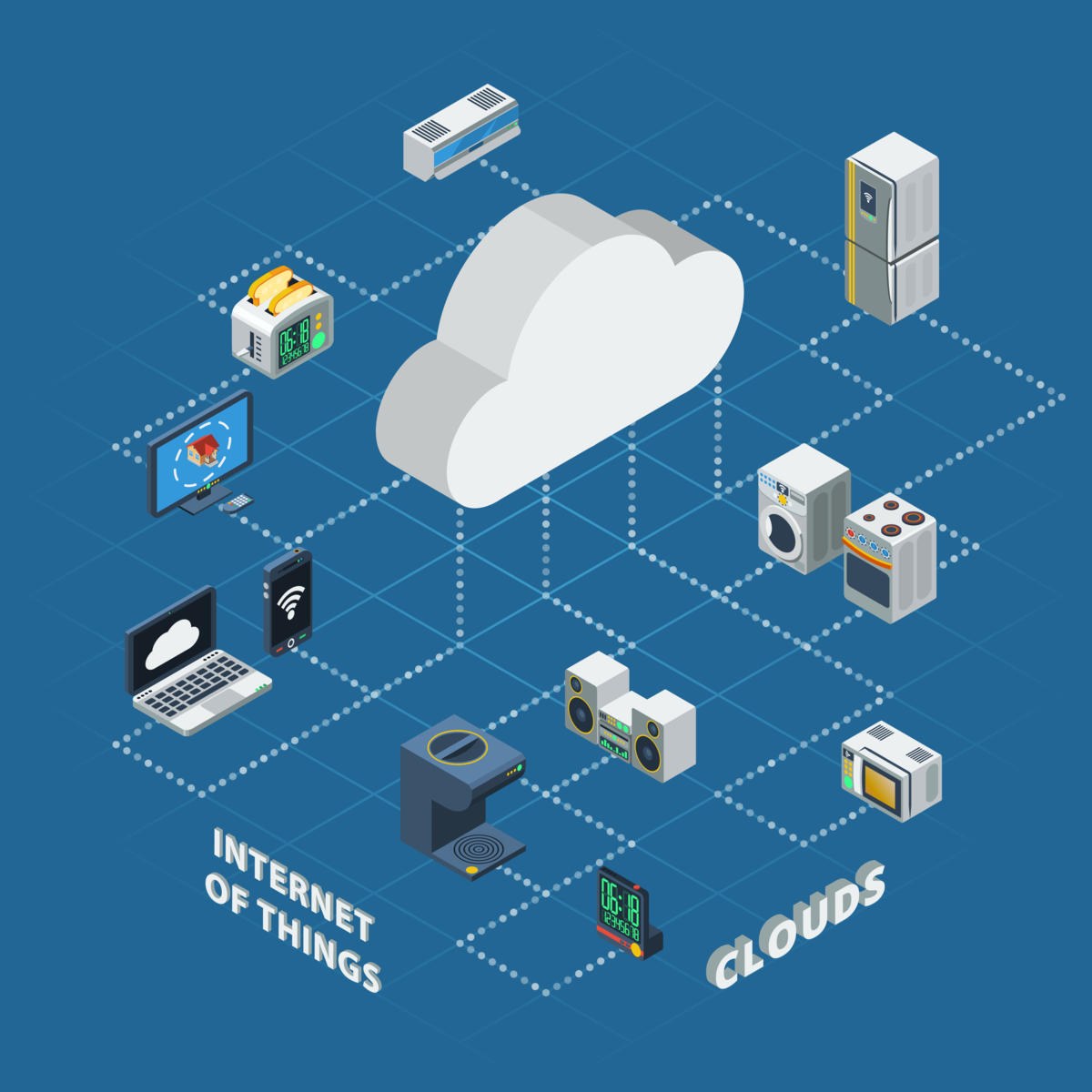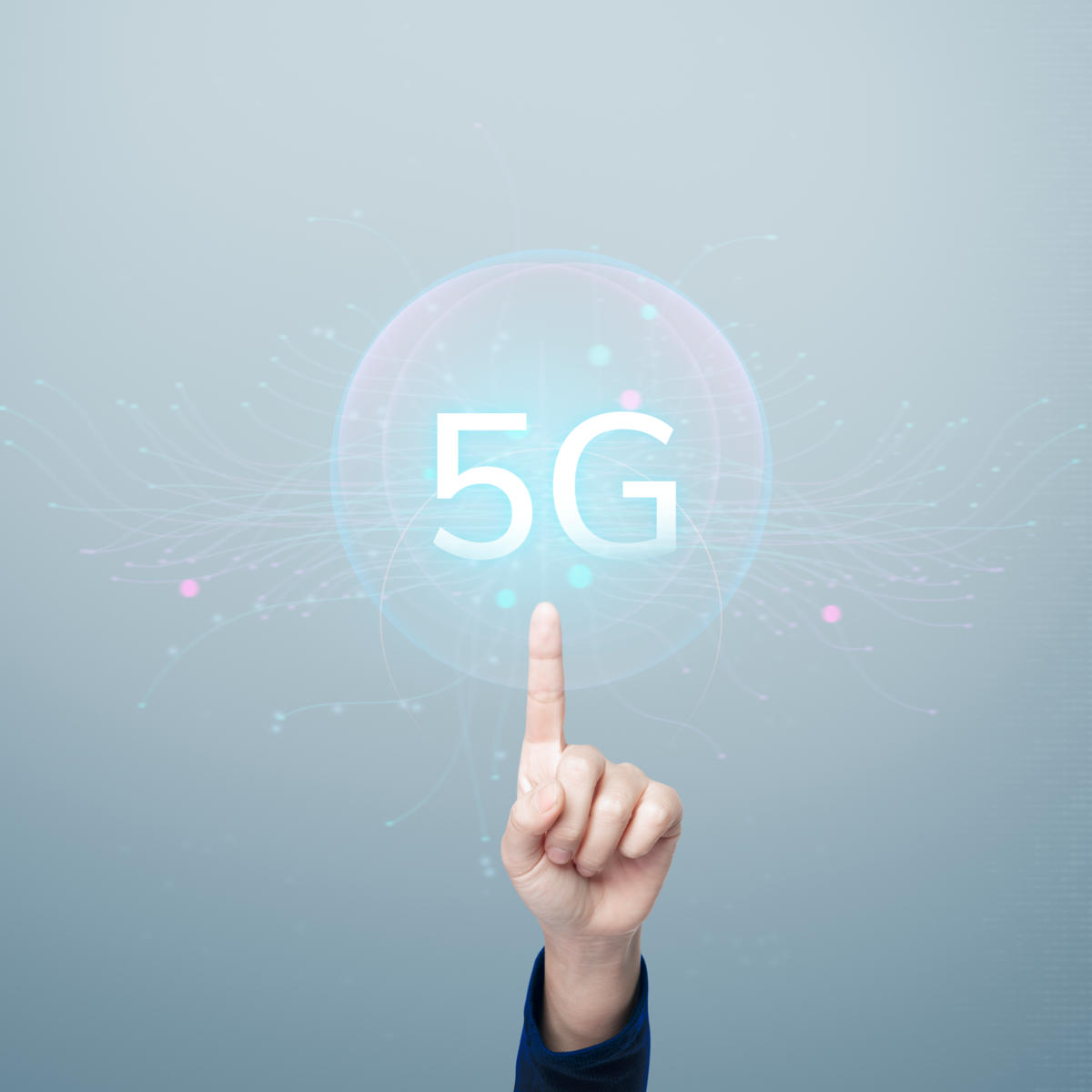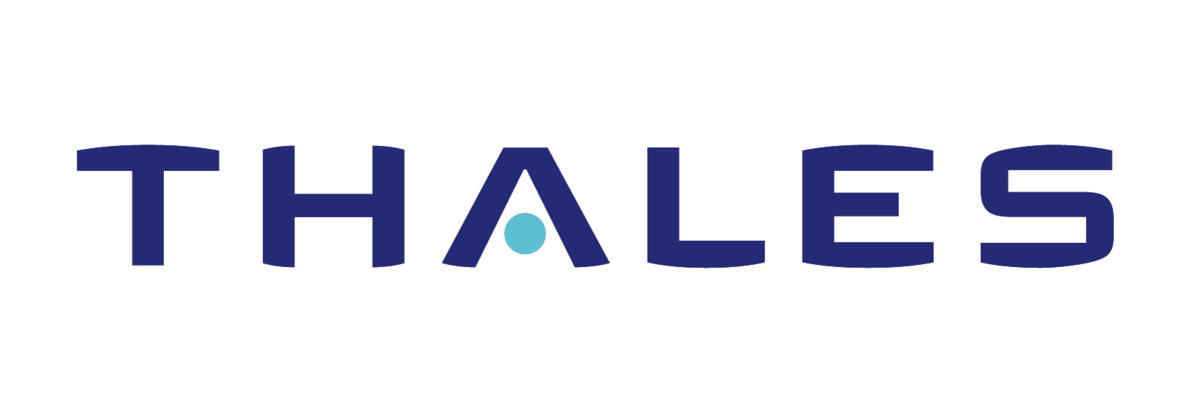IoT
The Internet of Things is a technology with the potential to transform whole industries by providing businesses with insights previously unavailable to them.
The new technology has made it possible to connect any machine, asset or item to the internet and wirelessly transfer data in spite of great distances. And now, in 2022. there are 12.3 billion of IoT connections worldwide, surpassing non-IoT connections, and telehealth entering most people’s daily routine during the pandemic. Electric vehicles (EVs) and the importance of cybersecurity inside the cars as well as the charging station and smart energy ecosystem are impacting millions of lives. Today’s IoT is taking the place of the smartphone as the new “transformative” technology.
5G
5G officially arrived in 2021 and it will continue to have an impact on the IoT, but how much will that be in 2022? The GSMA (https://www.gsma.com/) estimates that 5G connections will grow to reach 1.8 billion by 2025, bringing a powerful combination of unprecedented speed, expanded bandwidth, low latency, and increased power and cost efficiency that will help drive billions of new IoT connections and future innovations.
How did 5G come about, says Thales
– The first iteration of wireless technology, 1G, cut the cord for voice calls ushering in a new age of mobility.
– When 2G emerged supporting voice and data, machine-to-machine communications (M2M) enabled simple solutions such as telematics, remote monitoring and control, and more.
– When 3G evolved, web-browsing greatly expanded possibilities for the IoT, and invention took off.
– Along came higher-speed data and video streaming of 4G along with the advent of cloud computing. This unleashed a tidal wave of imagination and innovation that demanded higher bandwidth, greater capacity, stronger security, and continuous connectivity with lower latency.
What does 5G mean for IoT?
5G enables faster, more stable, and more secure connectivity that’s advancing everything from self-driving vehicles, to smart grids for renewable energy, to AI-enabled robots on factory floors.
It’s unleashing a massive IoT ecosystem where networks can serve billions of connected devices, with the right trade-offs between speed, latency, and cost.
5G got its start when the International Telecommunications Union (ITU) identified minimum recommendations for a new technology that was further defined and standardized by the 3rd Generation Partnership Project (3GPP). Thales has taken a leadership role in getting 5G off the ground.
Thales raises three questions on this topic
– How do we connect millions of discrete objects with no human intervention?
– How do we protect the device and data it transmits – and ultimately the wider IoT?
– How can smart device makers optimize logistics and connectivity costs?
How to connect hundreds of millions of objects?
IoT OEMs (Original equipment manufacturer) and Service Providers have traditionally managed multiple SIM configurations and roaming agreements. They also need to know in advance more or less where the product would be sold. This doesn’t just create lots of complexity in terms of logistics but also generates high connectivity costs. Smart device makers are therefore increasingly turning to eSIMs to connect objects at first boot up to allow them to securely and remotely manage the lifecycle of cellular subscriptions, wherever the machine ends up. A combination of secure hardware and a service platform means that one SIM SKU (stock-keeping unit)is all an OEM needs to manage connectivity.
The eSIM (embedded-SIM) connectivity solutions for IoT also have the advantage of bringing certified security and a trusted hardware element that helps save precious space in smaller devices.
Securing the IoT
As the number of connected devices increases, so do the number of threats. Since 5G networks are software defined and provide unique features such as network slicing, virtualization and IoT cloud interworking, new security approaches are required with many elements being built into devices and ecosystem architecture.
One of the flexible approaches for preventing security breaches is IoT SAFE, from Thales.
By leveraging the eSIM this allows for provisioning of the security credentials (keys and certificate) when the device is booted up and connected to the network for the first time. This protects both the device and the data exchanges with an IoT cloud which will only grow with the wider roll-out of 5G.
A holistic approach to security is required, with next generation solutions to secure devices, data, and to manage device lifecycles as well as protecting the 5G network itself.
With connectivity and security taken care of, smart device makers can let their imagination run free.
Here you can find more information about IoT SAFE






